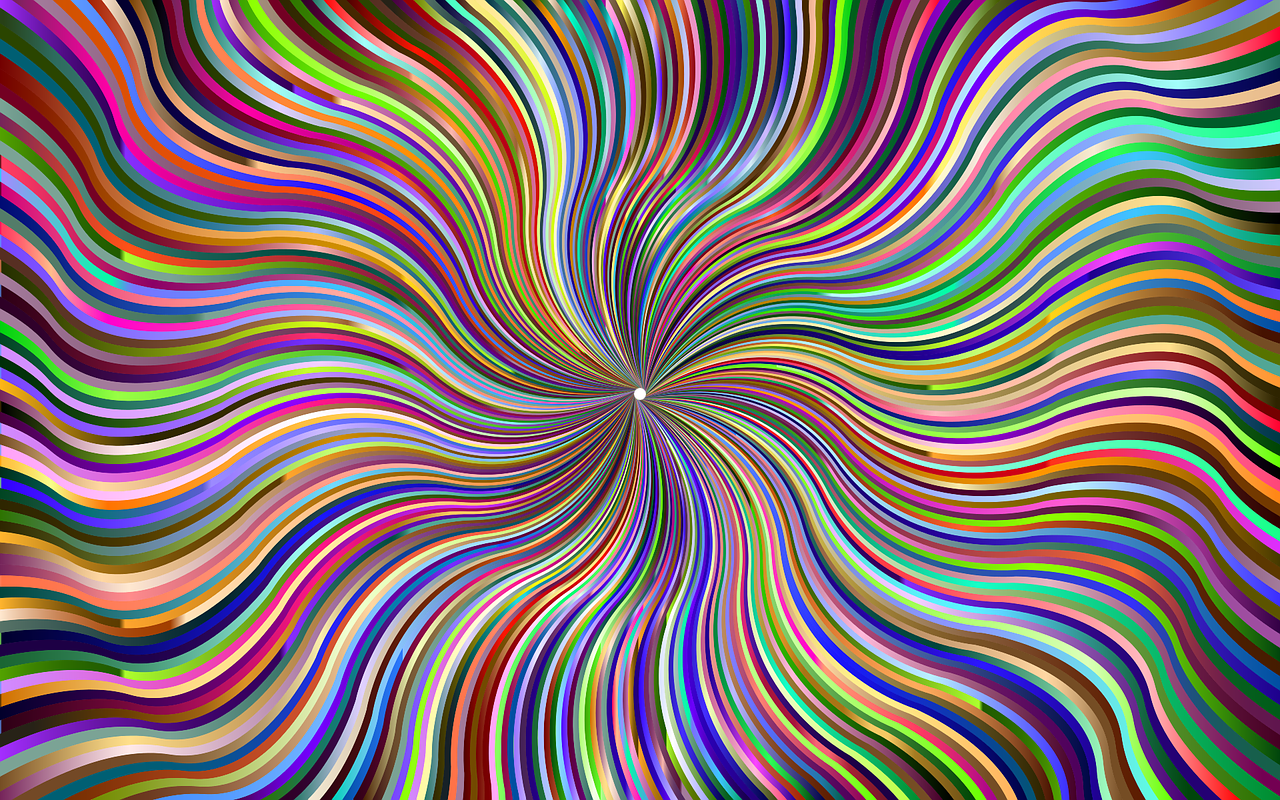Recently I sat down at my computer thinking about a conversation about online education I had with a neighbor, which led me to search YouTube for videos about editing and writing. Next thing I know, I’m remembering my favorite high school A.P. English teacher and trying to recall whether she wore black and white saddle shoes or red Converse high-tops. Footwear questions aside, it was a lovely surprise to find myself thinking and writing about a beloved teacher who hasn’t crossed my mind in years, an incredible woman who died young but influenced my whole life.
When I got up from my desk after an hour of writing, I’d danced down memory lane and wound up in a place I never, ever expected. It was a treat, really. Yet if I hadn’t plonked myself down in front my keyboard and just started typing, I wouldn’t have started down the path, let alone ended up where I did. Over the years, I’ve learned that when the right side of my brain kicks in, I never know where I’m going, let alone how I’m going to get there. In this pure, almost hypnotic state, time races yet stands stock-still. I am both completely focused and entirely relaxed. I am, as they say, in the zone.
In his memoir, On The Move: A Life, renowned neurologist Oliver Sacks wrote,
The act of writing, when it goes well, gives me a pleasure, a joy, unlike any other. It takes me to another place — irrespective of my subject — where I am totally absorbed and oblivious to distracting thoughts, worries, preoccupations or indeed the passage of time. In those rare, heavenly states of mind, I may write nonstop until I can no longer see the paper. Only then do I realize that evening has come and that I have been writing all day.
I know exactly what Mr. Sacks means. Of course, this “heavenly” experience isn’t limited to writing. A few years ago, I spent a lot of time focused on painting and other visual arts. I know what it’s like to stare (blankly) at a blank canvas, take a deep breath and then make my first, often tentative brushstroke. Slowly — or sometimes quickly — an image or impression begins to emerge. With painting, my right brain led me to reach for new colors and different brushes to explore and convey ideas, shapes and marks on the canvas. When I’m writing, it helps me gather images, associations and connections from all directions and weave them together with linguistic threads.
In both painting and writing, the failures are as important as the successes. Sometimes a canvas or a sentence — or the whole darn thing — needs to be deleted with white gesso or a few keystrokes. Either way, the shadow of that erasure still exists, and it informs all the marks or words that follow. Getting it “right” means cutting, culling, pruning, parsing. It takes time. Patience. Discipline. And trust.
Maybe that’s the biggest hurdle of all. I’ve learned to implicitly trust the right side of my brain when it beckons me down an unexplored path and lets me creatively meander and roam. Without fail, it leads me on a journey that somehow, always, gets me exactly where I need to be.
Willow Older is a nationally and internationally published writer and a long-time professional editor. She lives in Northern California where she runs her own editorial services business and publishes a weekly newsletter called Newsy!.
Originally published at medium.com


